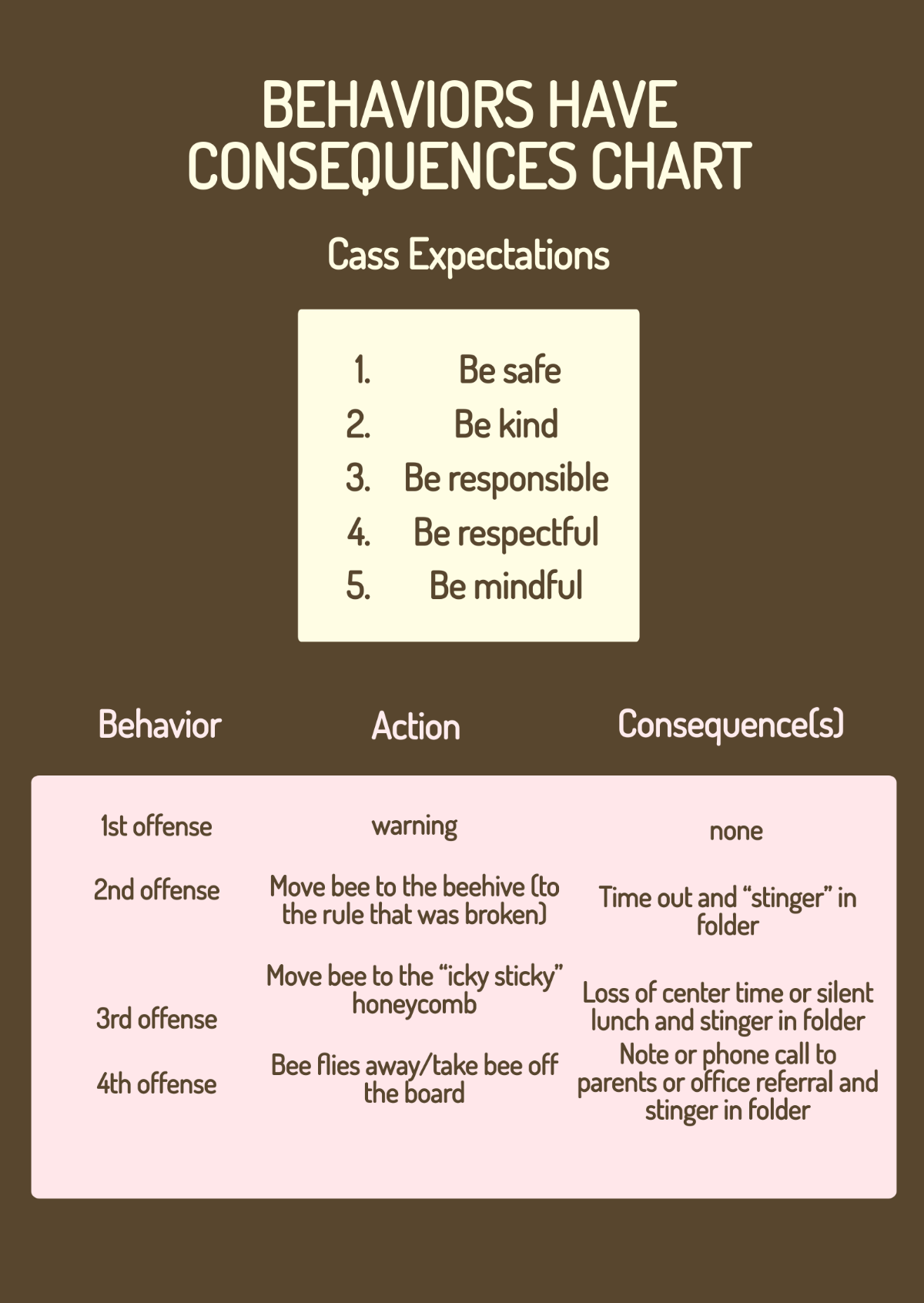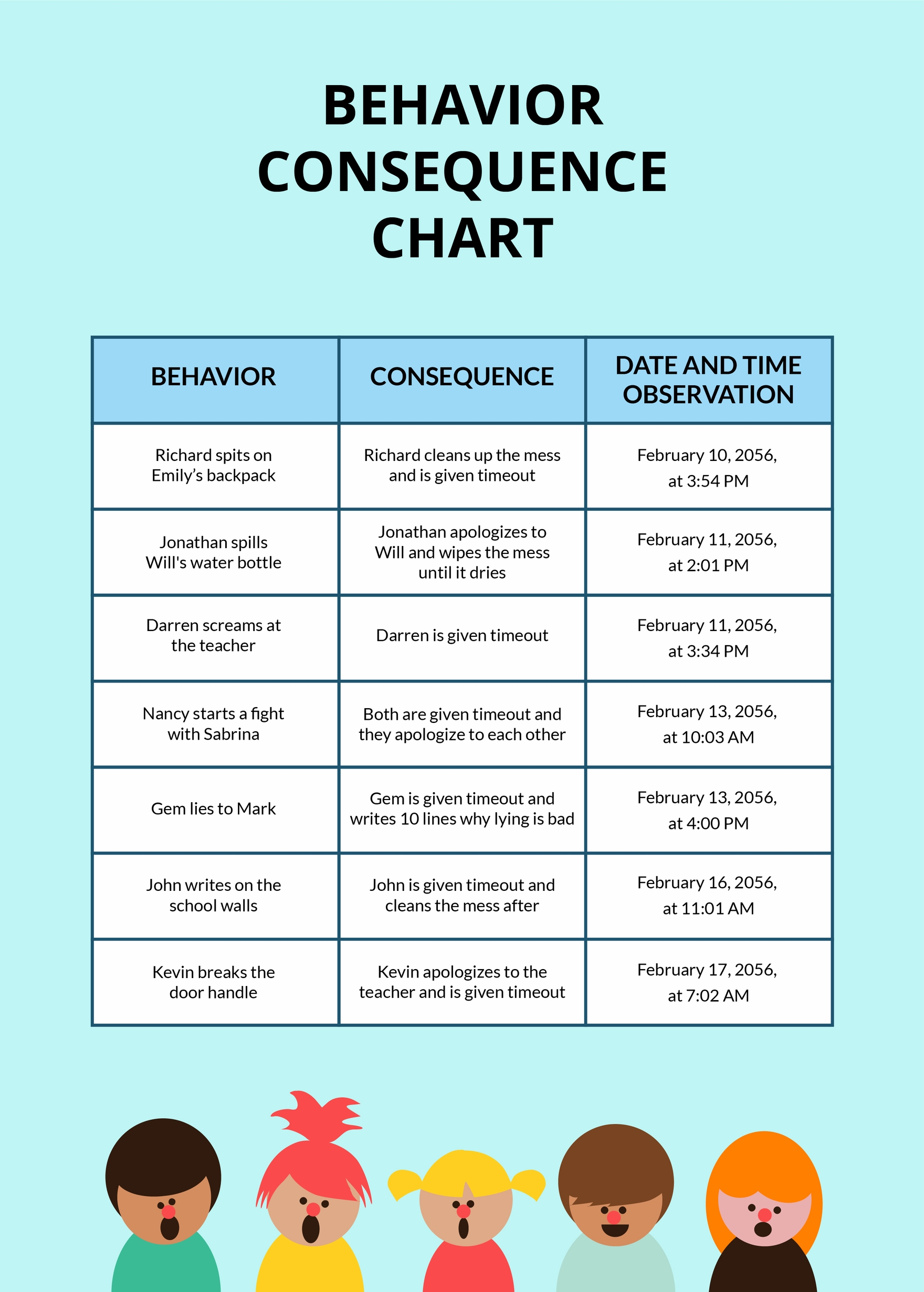Growing children, especially toddlers and preschool-aged children, mostly follow behaviors that they see from adults. More often than not, these children imitate inappropriate behaviors because they are not capable of judging these actions yet. So, as part of the measure to eliminate these unwanted actions, behavior flowcharts are utilized by parents and teachers. A behavior flowchart breaks down the process on how to correct bad behavior and to reinforce desirable behavior. This tool is especially necessary for behavior management in the academic setting. Our site offers ready-made Behavior Flowchart Templates that you can easily customize according to your needs. Subscribe and experience their convenience today!
What Is a Behavior Flowchart?
In the academic setting, a behavior flowchart functions as a framework on how to deal with children who have issues with discipline. It is also used for children who require special needs, especially children with autism. It serves as a guide for the mentor on what to do based on the actions of the child. Take note that these are not the only uses for the framework. The application of this flowchart is highly flexible.
How to Make a Behavior Flowchart
Making a behavior flowchart is easy. You just need to link the factors according to how it affects each other. As simple as it seems, there are certain guidelines to follow.
1. Determine the Process
The initial step in making a behavior flowchart is to determine its primary purpose, which pertains to the process. If you need a flowchart for correcting rowdy behavior, you can use your organization's existing policy. You can then break this down into distinctive chunks that can be integrated into the flowchart.
2. Decide on the Distinctive Steps
The distinctive chunks from an existing protocol become the major steps in the behavioral flowchart. Conventional flowcharts include a feature containing the identification of the problem behavior pointing to a figure containing the necessary action to reprimand the behavior.
3. Provide Possible Decision Points
Since it is mostly impossible to predict behavior, especially challenging ones, it is best to leave room for choices. Often presented in diamond shapes, decision markers make the flowchart more flexible. It considers the possibility that the effect of the plan can go either way. It provides room for supplementary action.
4. Prepare Areas for Loops and Drawbacks
More often than not, repetition is necessary for replacing and reinforcing desirable behavior. It is also essential for learning. So make sure to create loops that direct a recurrence of an action that is necessary to enforce the preferred behavior.



